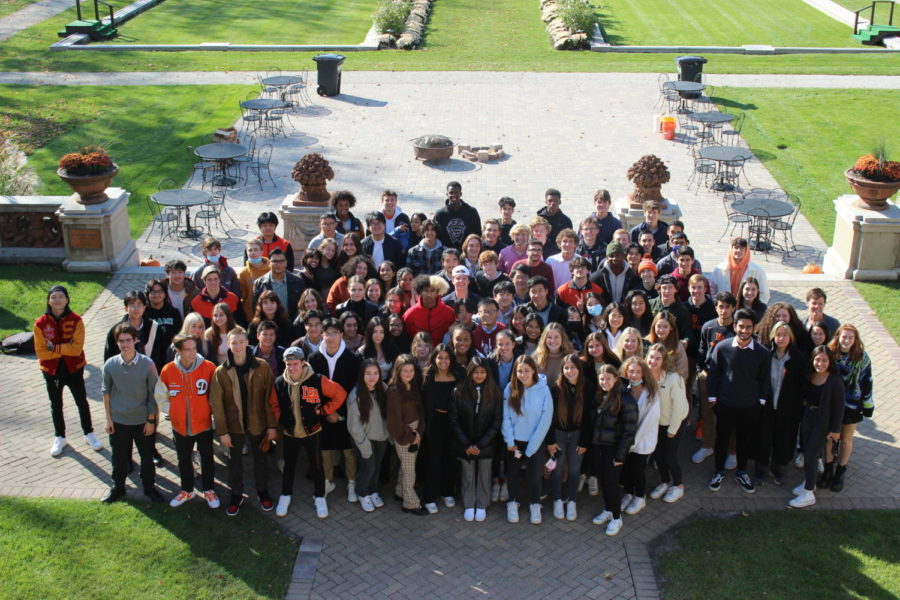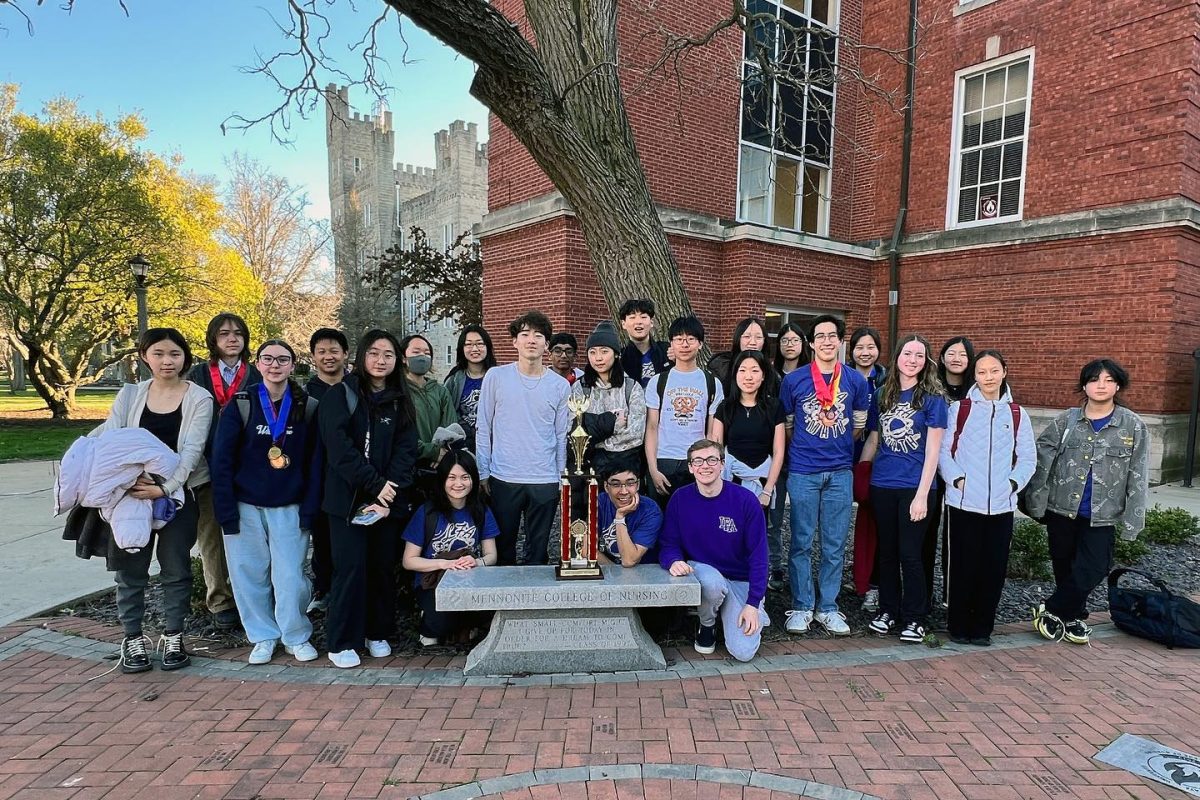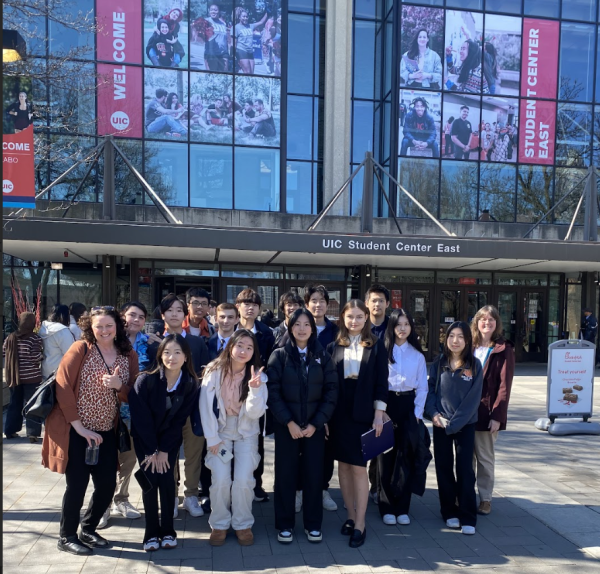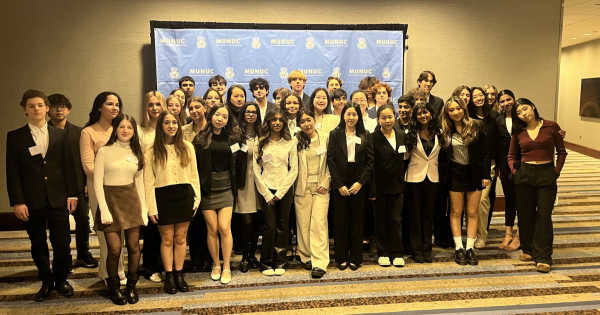The truth about Senioritis
Photo by David Atas
Lake Forest Academy’s Yearbook Club captures a photo of the graduating class of 2022 in the formal gardens.
February 3, 2022
As two second semester seniors ready for college, Kirstin Palasz and Mimi Osborne are perfect candidates to fall susceptible to the condition that widely plagues seniors. That’s right, the one that is more contagious than the Black Plague and Scarlet Fever combined—senioritis. Defined by Merriam-Webster dictionary as an “ebbing of motivation and effort by school seniors,” it is every teacher’s worst nightmare to have infected students fall victim to this sharp decline in work ethic.
It is hard to fathom the idea of earning an A on a tedious project as not utterly galvanizing—earning stellar grades is an addiction, each time the feeling of euphoria rushing to the head. However, for seniors who have spent the better part of their four years meticulously studying to earn a 4.0, the feeling can warrant more vexation than jubilation.
We believed that senioritis was simply a fallacy—a word lazy students tossed at their teachers to try and excuse their careless work. However, it is difficult to understand the arduous battle against senioritis until you are on the front lines at 1:30am, yielding only a pencil, and fighting against three weeks worth of assignments.
Compared to a rapidly evolving society with electric cars and facial recognition, the reality of high school burnout is dumbfoundingly simple—constantly having to adapt to situations with little to no time to rest has surged a decrease in effort. But why senior year? Why doesn’t this strange phenomenon impact other grades? The truth is that it does. Though we may not notice it often, burnout in highschoolers has begun to dissipate into younger years; the contagious disease claims even more victims. But why do seniors get pegged with the largest casualty pool? The whole phenomenon is already named after them. In all honesty, it is because seniors can. Because no underclassmen are going to discredit a senior’s lack of effort when they had to endure the same stress.
Looking back on individual grades, freshman year is the fresh start. The chance to develop your image with a new group of peers. Sophomore year is the true adjustment phase, college isn’t on your radar yet and you have most likely found a good group of friends. Junior year is when you can start to take individualized classes and indulge in your own interests. Senior year is when you have to worry about colleges. And grades. And sports. And maintaining friendships. And every stresser from previous years with the little cherry on top of “what’s next?” “Where can I go from here?’
It is hard to process questions like these when there is simply no time to rest or wrap your head around the constantly changing world. When the reminder of those 3 weeks of missing assignments puts you on the verge of tears and the sheer thought of picking up that trusty pencil makes you nauseous. When the dread of practice after school makes your heart heavy and lungs tight. When the senioritis just hits.
















